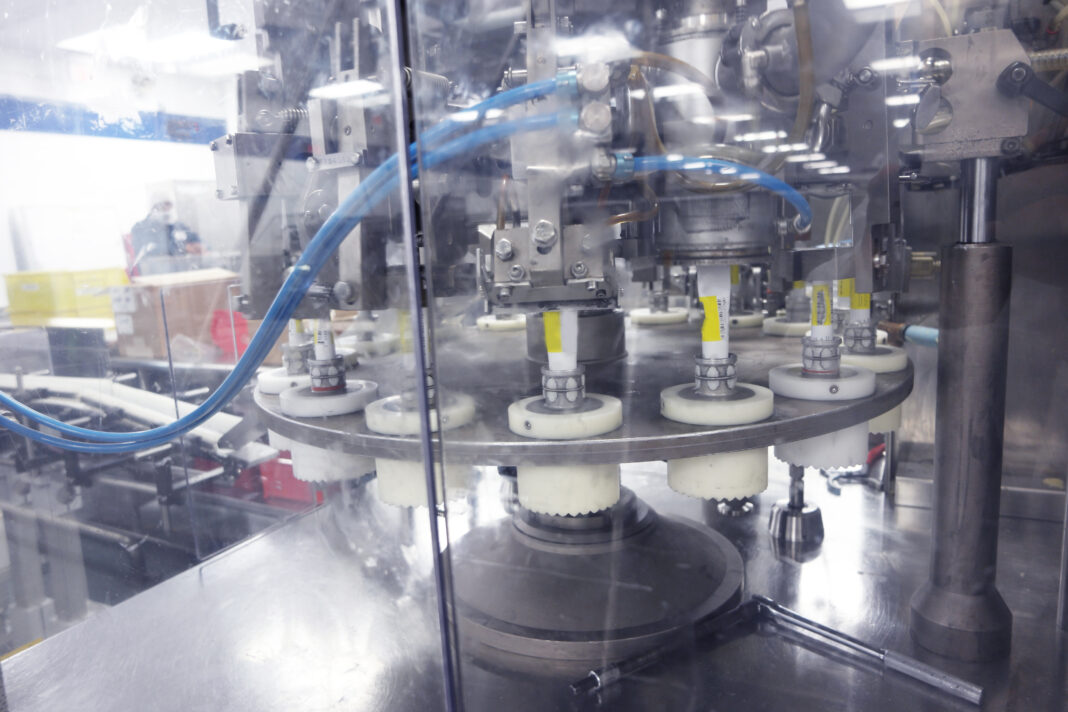Continuous processing is sufficiently well established as a technology to create a start-to-finish bioprocess from unit operations. That’s according to Andrew Falconbridge, vice president of process technology and innovation at Alvotech.
“In the market now, there is enough technology and operations that you could link a continuous process from start to finish,” says Falconbridge, who spoke at the 13th Annual Bioprocessing Summit in August about hybrid approaches to manufacturing biosimilars.
“No one’s really doing it,” he adds. “I think that’s a lot to do with how to control the process and no one wanting to be the first to the regulators—that’s usually the problem with new technology.”
Falconbridge explains that Alvotech has linked continuous chromatography to continuous viral activation. Other companies, he says, have linked different continuous processes together—often a couple of unit operations in a longer process.
He argues this is a common pattern of adopting innovation in bioprocess and it was also seen with single-use technologies.
“When single use came out a while back, everyone was saying you’d never have a completely single-use facility,” he says. “Whereas now, single-use facilities are commonplace.”
Falconbridge, whose role at Alvotech includes evaluating process technologies, also presented on “high-productivity harvest” (a hybrid process for manufacturing biosimilars that combines batch and perfusion processes).
Unlike a traditional batch process, which is run for 11 days in a bioreactor, the high-productivity harvest is run for five days as a batch process and a perfusion process is also run for five days. According to Falconbridge, this high-productivity harvest has a higher yield than a traditional batch process and a good quality profile. He says it also eliminates big stack filters and centrifuges and adds that his team investigated using continuous processing methods as a way of intensifying traditional manufacturing processes.
“With single-use technologies, you’re limited in volume,” he tells GEN, explaining that single-use bioreactors traditionally only run up to 2,000 L. “So, you need to maximize your output to that volume—and that’s where the intensification comes in.”
His talk also covered Alvotech’s work on intensifying downstream processing. “Once you’ve intensified the upstream processes, you’ve got to process twice as much material downstream in the same time,” he explains.
Among the techniques he’s evaluating is using continuous chromatography to process a fed batch harvest, and looking at using inline conditioning—a continuous processing tool—to streamline buffer prep.


